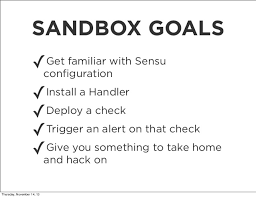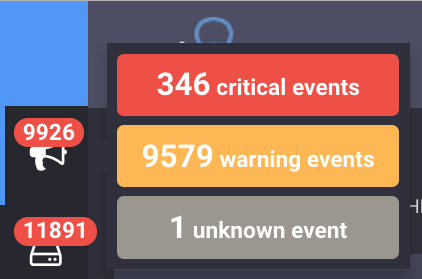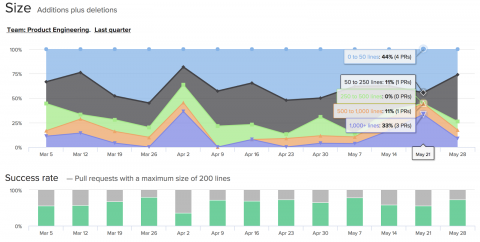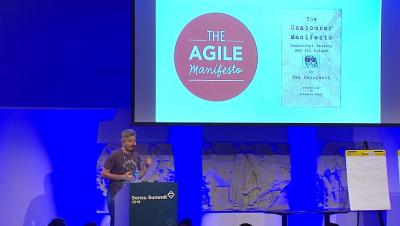Explore Sensu workflows & lesson plans with the Sensu sandbox
We’re excited to share that we’ve created an easy to use — and reusable — Sensu sandbox environment to help folks learn how to work with Sensu monitoring event pipelines. At Sensu Summit, we realized that many of you already had some sort of sandbox that you’d spun up to do your own testing, and demos and we’ve created something to help make things easier for everyone.








